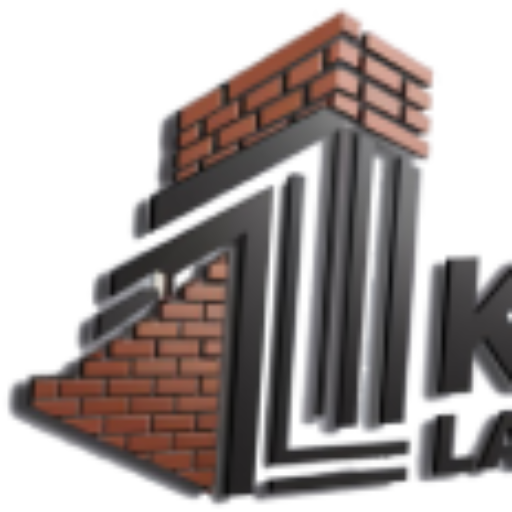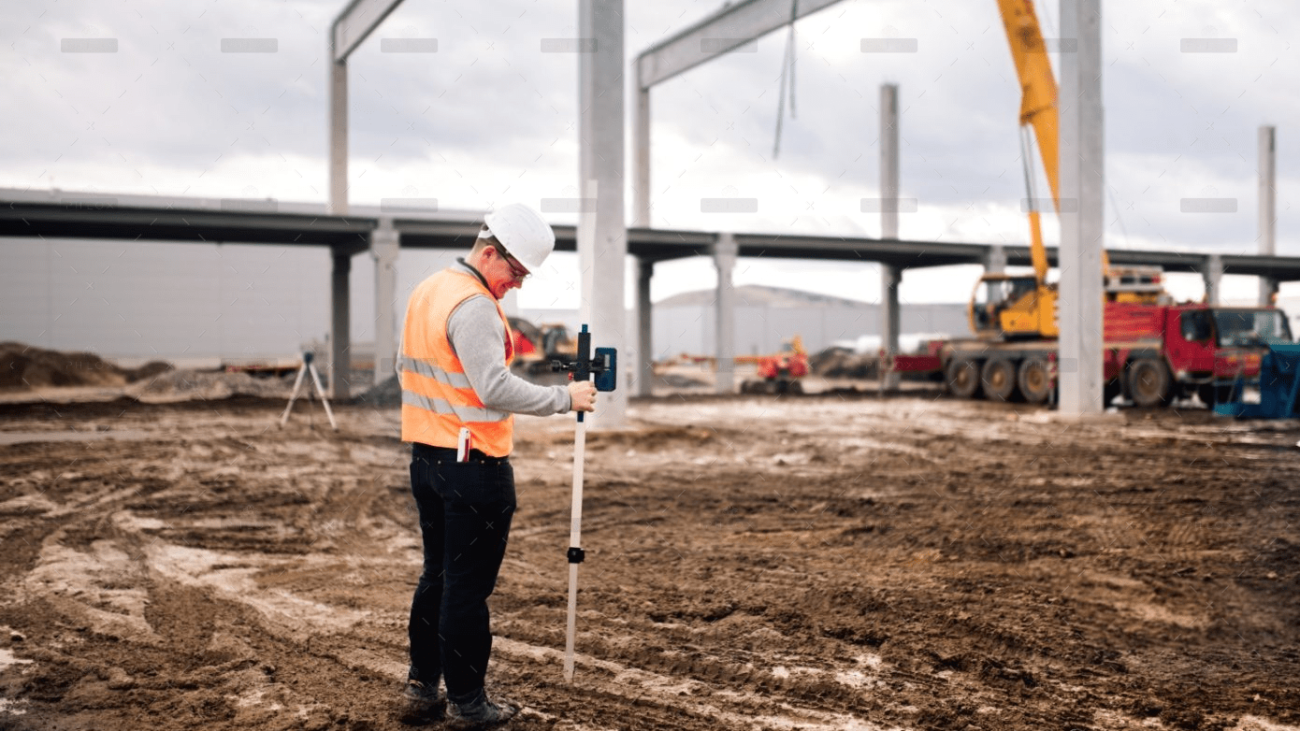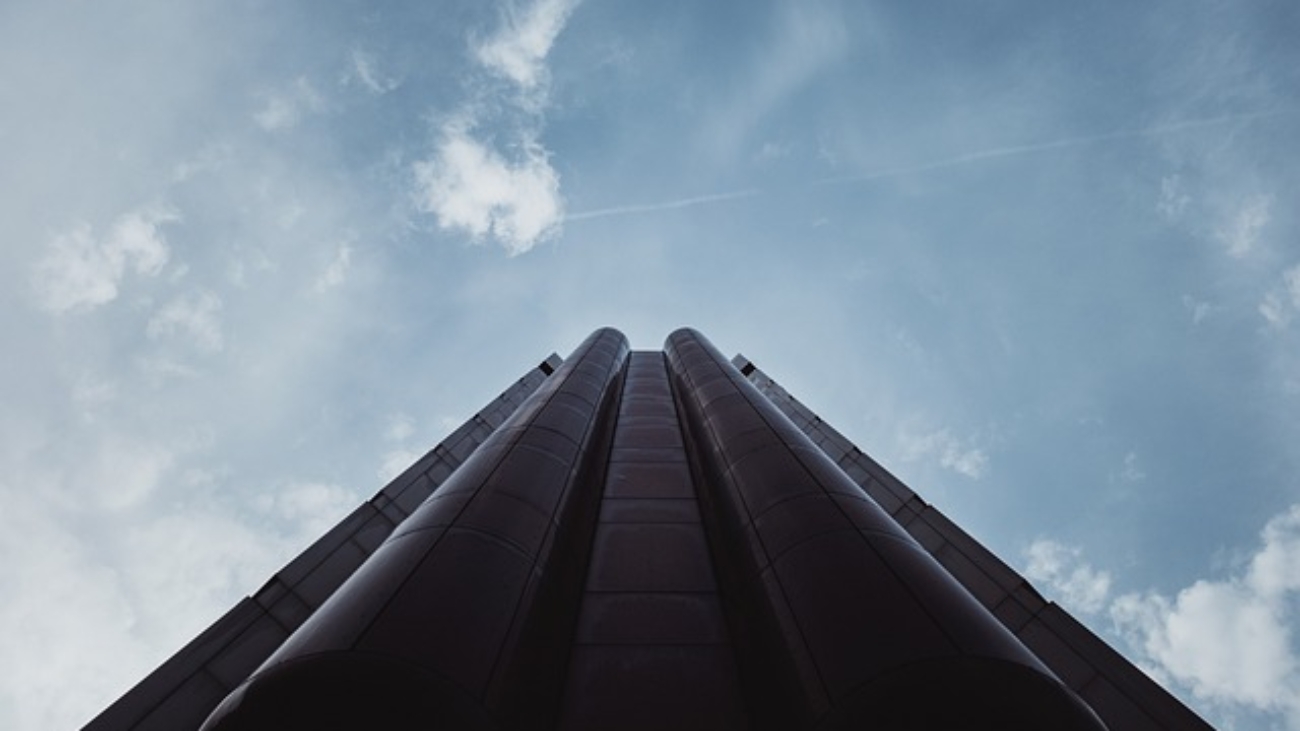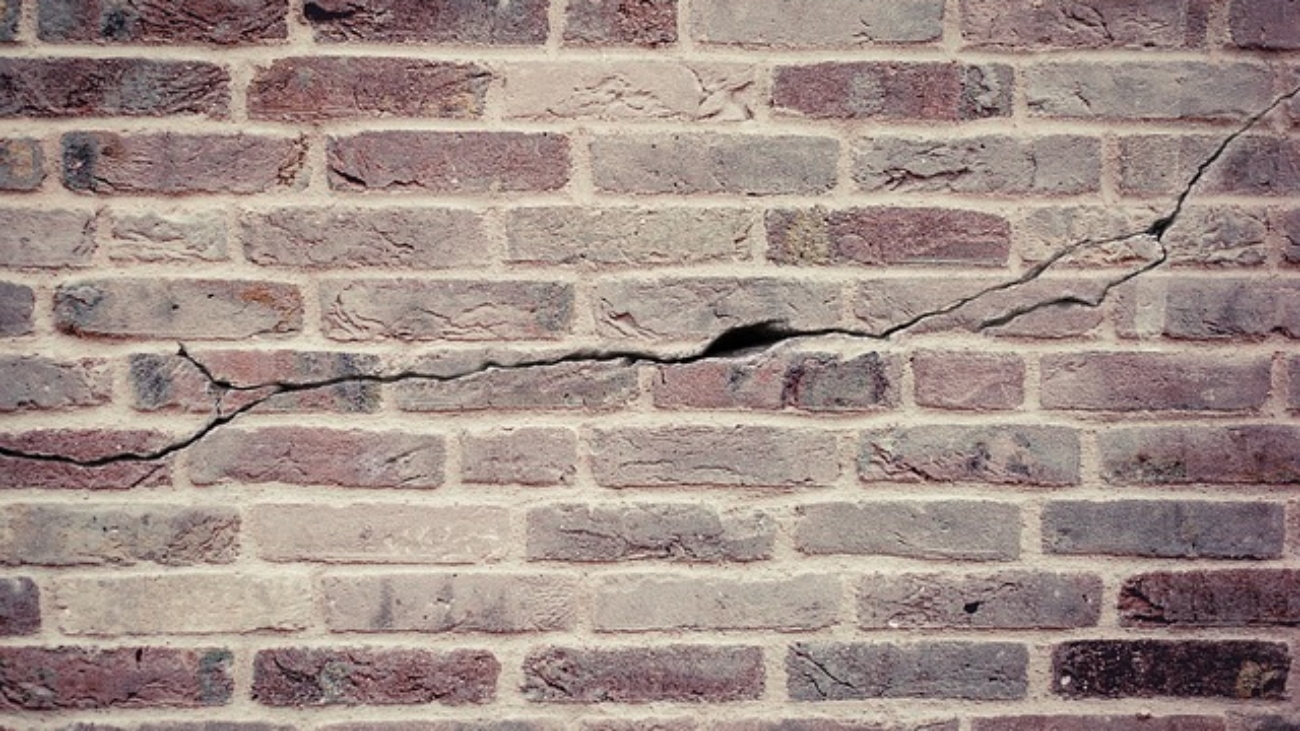In today’s world, where every penny counts and sustainability is paramount, constructing a building is not just about bricks and mortar; it’s about building smart. Whether you’re a homeowner planning your dream house or a developer embarking on a new project, there are myriad ways to save money while ensuring quality and efficiency in construction. Let’s explore some strategies to construct wisely and save your hard-earned cash.
Plan Thoroughly: The adage “measure twice, cut once” applies perfectly to construction. Before laying the foundation or hammering the first nail, invest ample time in meticulous planning. A well-thought-out design can prevent costly mistakes and revisions later on.
Choose the Right Materials: Opt for high-quality, durable materials that offer longevity and require minimal maintenance. While initial costs might be higher, they can translate into substantial savings over the building’s lifespan. Additionally, consider eco-friendly options that not only save money but also contribute to a healthier environment.
Energy Efficiency: Incorporating energy-efficient features such as proper insulation, double-glazed windows, and energy-efficient appliances can significantly reduce utility bills in the long run. Investing upfront in these measures can lead to substantial savings on heating, cooling, and electricity expenses over time.
Right-Sizing: Avoid overbuilding by carefully assessing your space needs. Constructing a smaller, well-designed space that fulfills your requirements is not only cost-effective but also reduces maintenance and utility expenses in the future.
Hire Reliable Contractors: Choosing reputable contractors with a track record of delivering quality workmanship is crucial. While it might be tempting to opt for the cheapest bid, it could lead to subpar construction and costly repairs down the line. Remember, quality comes at a price, but it’s an investment worth making.
Project Management: Effective project management is key to keeping construction costs in check. Stay organized, set realistic timelines, and monitor progress closely to avoid delays and cost overruns. Regular communication with contractors and suppliers can help identify potential issues early on and address them promptly.
Explore Cost-Saving Technologies: Keep abreast of innovative construction technologies that offer cost-saving opportunities. From prefabricated building components to advanced construction techniques, embracing modern methods can streamline the construction process and reduce overall expenses.
Reuse and Recycle: Incorporating recycled materials and salvaged items into your construction project not only reduces costs but also minimizes waste and promotes sustainability. Explore local salvage yards and demolition sites for materials like reclaimed wood, bricks, and fixtures that add character while saving money.
Long-Term Maintenance Considerations: Factor in long-term maintenance costs during the planning phase. Choosing low-maintenance materials and systems can save you both time and money on upkeep in the years ahead.
Government Incentives and Rebates: Research available government incentives, grants, and rebates for energy-efficient construction and renewable energy installations. Taking advantage of these programs can offset initial construction costs and provide ongoing savings.
In conclusion, constructing a building in the right way involves a combination of careful planning, wise material choices, efficient design, and diligent project management. By implementing these strategies, you can not only save money upfront but also enjoy lower operating costs and a more sustainable, resilient building in the long term. Remember, the key to success lies in building smarter, not just cheaper.
In today’s world, where every penny counts and sustainability is paramount, constructing a building is not just about bricks and mortar; it’s about building smart. Whether you’re a homeowner planning your dream house or a developer embarking on a new project, there are myriad ways to save money while ensuring quality and efficiency in construction. Let’s explore some strategies to construct wisely and save your hard-earned cash.
Plan Thoroughly: The adage “measure twice, cut once” applies perfectly to construction. Before laying the foundation or hammering the first nail, invest ample time in meticulous planning. A well-thought-out design can prevent costly mistakes and revisions later on.
Choose the Right Materials: Opt for high-quality, durable materials that offer longevity and require minimal maintenance. While initial costs might be higher, they can translate into substantial savings over the building’s lifespan. Additionally, consider eco-friendly options that not only save money but also contribute to a healthier environment.
Energy Efficiency: Incorporating energy-efficient features such as proper insulation, double-glazed windows, and energy-efficient appliances can significantly reduce utility bills in the long run. Investing upfront in these measures can lead to substantial savings on heating, cooling, and electricity expenses over time.
Right-Sizing: Avoid overbuilding by carefully assessing your space needs. Constructing a smaller, well-designed space that fulfills your requirements is not only cost-effective but also reduces maintenance and utility expenses in the future.
Hire Reliable Contractors: Choosing reputable contractors with a track record of delivering quality workmanship is crucial. While it might be tempting to opt for the cheapest bid, it could lead to subpar construction and costly repairs down the line. Remember, quality comes at a price, but it’s an investment worth making.
Project Management: Effective project management is key to keeping construction costs in check. Stay organized, set realistic timelines, and monitor progress closely to avoid delays and cost overruns. Regular communication with contractors and suppliers can help identify potential issues early on and address them promptly.
Explore Cost-Saving Technologies: Keep abreast of innovative construction technologies that offer cost-saving opportunities. From prefabricated building components to advanced construction techniques, embracing modern methods can streamline the construction process and reduce overall expenses.
Reuse and Recycle: Incorporating recycled materials and salvaged items into your construction project not only reduces costs but also minimizes waste and promotes sustainability. Explore local salvage yards and demolition sites for materials like reclaimed wood, bricks, and fixtures that add character while saving money.
Long-Term Maintenance Considerations: Factor in long-term maintenance costs during the planning phase. Choosing low-maintenance materials and systems can save you both time and money on upkeep in the years ahead.
Government Incentives and Rebates: Research available government incentives, grants, and rebates for energy-efficient construction and renewable energy installations. Taking advantage of these programs can offset initial construction costs and provide ongoing savings.
In conclusion, constructing a building in the right way involves a combination of careful planning, wise material choices, efficient design, and diligent project management. By implementing these strategies, you can not only save money upfront but also enjoy lower operating costs and a more sustainable, resilient building in the long term. Remember, the key to success lies in building smarter, not just cheaper.





